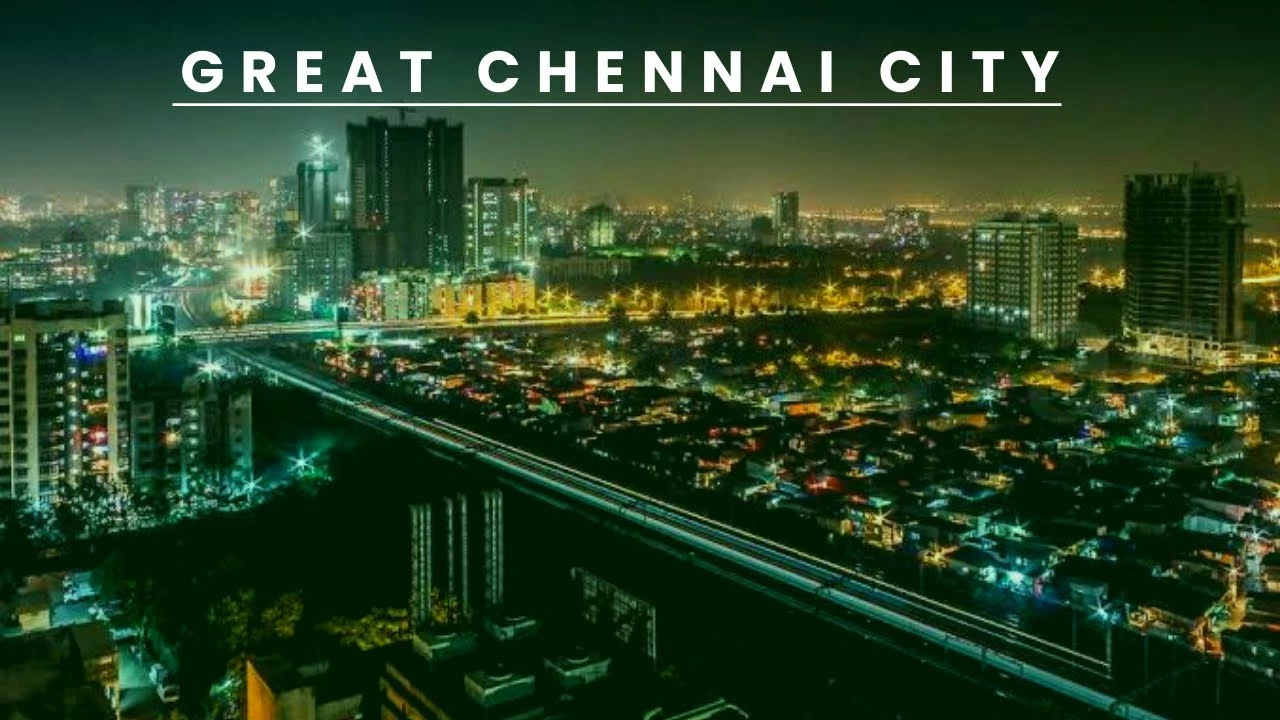Delhi has grown fast. New housing, more cars, more jobs, and more demands on water, power and public services. Urbanization brings opportunity, but it also creates real problems you see every day: crowded trains, water that smells bad, and neighborhoods that feel unsafe after dark. This page collects practical ideas and simple moves that can make Delhi livable as the city keeps growing.
When more people move to a city, pressure rises on roads, homes and public systems. You notice it in traffic jams, longer waits for medical care, and higher rents in popular areas like south and west Delhi. Poor planning turns empty spaces into illegal colonies, while wealthy pockets get better services. That gap shows up in services — some areas have smooth water supply and CCTV while others struggle with bad tap water and broken streetlights.
Public safety and accountability also change. More people means more complaints about police behavior and public order. Crowded places need clearer rules and better-trained officers, not rough handling. Accessibility matters too: incidents where a person in a wheelchair faced an insensitive request show we still have big gaps in basic access.
Transit-first planning. Build more metro lines and dedicated bus lanes, and push for last-mile options like shared e-rickshaws. Better public transport reduces traffic and makes neighborhoods affordable without endless road widening.
Water and sewer upgrades. Treating river water, fixing leaks, and investing in decentralized treatment plants cut tapping into unsafe sources. Simple steps like rainwater harvesting and regular water quality reports make a real difference.
Smart housing moves. Encourage higher-density housing near transit hubs and protect existing rental stocks so people don’t get pushed to far suburbs. Mixed-income projects keep neighborhoods diverse and cut long commutes.
Safer streets and better policing. More street lights, CCTV in public spots, and community policing reduce crime. Train police in non-violent methods and hold officers to clear standards so citizens trust the system.
Make public spaces work. Parks, footpaths and shaded bus stops improve quality of life and cool down the city. Small fixes like ramps, clear signage and reserved seating make the city usable for everyone.
Want to help? Join your resident welfare association, attend local planning meetings, report problems through city apps, and vote for leaders who back practical urban fixes. Urbanization won’t stop — but with steady, focused actions, Delhi can grow into a city that works for most people, not just a few.

Delhi-NCR is a large metropolitan area located in northern India. It is home to some of the country's most important cities, including New Delhi, Noida, Gurgaon, Faridabad and Ghaziabad. The region's rapid growth over the past few decades has seen it become one of the most populated urban areas in the world. The cities within the Delhi-NCR region offer a range of cultural and economic opportunities, making them attractive places to live and work. Additionally, the cities are well-connected by road, rail and air, making it a popular destination for both domestic and international tourists. With so much to offer, it's no surprise that Delhi-NCR is home to so many cities.